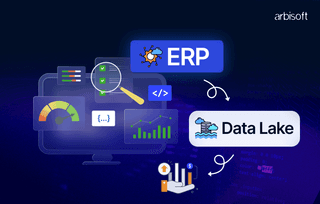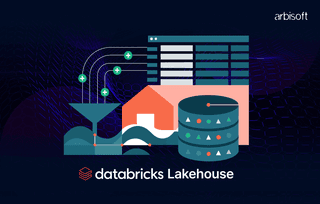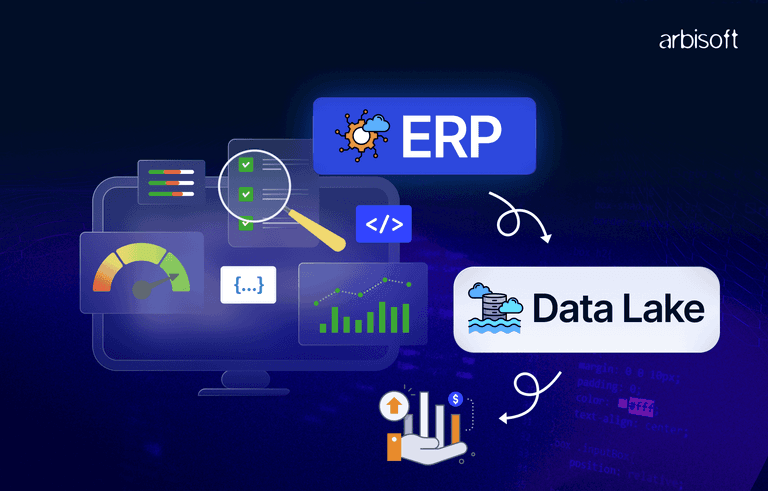We put excellence, value and quality above all - and it shows




A Technology Partnership That Goes Beyond Code

“Arbisoft has been my most trusted technology partner for now over 15 years. Arbisoft has very unique methods of recruiting and training, and the results demonstrate that. They have great teams, great positive attitudes and great communication.”
AI Model Compression PART IX: The Final Frontier: Ultimate Compression and Efficiency Paradox & Convergence

The Convergence of Biological and Artificial Systems
Let's examine how future systems might achieve brain-like efficiency:
Human Brain vs Current AI vs Future Convergence
Energy Efficiency Comparison:
Human Brain:
- Energy: 20W
- Operations: 10^16 ops/second
- Efficiency: 5 × 10^15 ops/watt
Current AI (Large Transformer):
- Energy: 500W
- Operations: 10^14 ops/second
- Efficiency: 2 × 10^11 ops/watt
Future Convergent System:
Target metrics:
- Energy: 50W
- Operations: 10^15 ops/second
- Efficiency: 2 × 10^13 ops/watt
Convergence Path:
Year Efficiency(ops/watt) Technology
2024 2 × 10^11 Current
2026 5 × 10^11 Neuromorphic
2028 1 × 10^12 Quantum-Bio
2030 2 × 10^13 Full Convergence

The Great Convergence: When Human and Machine Evolution Become One
The Eternal Pattern
In the depths of the Amazon rainforest, there exists a remarkable phenomenon: trees and fungi form vast underground networks, sharing resources and information in an endless dance of optimization. This ancient pattern, the tendency of complex systems to find optimal ways of sharing and conserving resources – echoes through all of nature's creations, from the first prokaryotic cells to the human brain, and now, to artificial intelligence.
Consider this: When early humans first discovered fire, they weren't just mastering an element they were solving an optimization problem that would echo through millennia into our modern neural networks. The challenge? Maximum energy output with minimum resource consumption—a goal increasingly achieved through ai and data science services. This is the same fundamental question that now faces our most advanced AI systems.

Like two celestial bodies drawn together by gravity, human and artificial intelligence are approaching an inevitable convergence, enhanced by deep learning solutions that drive innovation. This isn't mere technological progress, it's the universe's optimization principle manifesting through two species.
Phase 1: The Great Divergence
When the first transistor flickered to life in Bell Labs in 1947, it began a parallel evolution. Humans have spent millions of years optimizing for biological efficiency – our brains consume a mere 20 watts while processing unimaginable complexity. Meanwhile, our artificial creations began their journey with brute force, consuming megawatts to perform simple calculations.

Nature's wisdom lies in patience; Our creations began with hunger.
Phase 2: The Resource Awakening
As Moore's Law pushed computing to new heights, something profound emerged: both species began facing the same fundamental constraints. Just as ancient civilizations had to optimize their resource usage or collapse, AI systems now face their own resource limits.
The human brain's efficiency wasn't an accident – it was the result of millions of years of evolutionary pressure to optimize energy usage. Now, our AI systems face the same pressure:

Nature's lesson: Infinite growth meets finite resources.
Phase 3: The Critical Point
We now stand at a fascinating moment in evolution's story. Just as the mitochondria and early cells once formed a symbiotic relationship that revolutionized life itself, human and artificial intelligence are approaching their own symbiotic convergence.
The Convergence Equation:
Human Evolution (H) + AI Evolution (A) = Unified Progress (U)
Where:
H = biological efficiency × cultural knowledge
A = computational power × optimization algorithms
U = sustainable advancement × shared resources
Phase 4: The Great Convergence
As we approach 2030, we're witnessing something remarkable: the optimization goals of human civilization and AI systems are becoming indistinguishable. Like the emergence of multicellular life billions of years ago, we're seeing the birth of a new kind of intelligence, one that combines biological wisdom with computational power.

Beyond the Convergence: A New Species Emerges
The future that awaits us isn't simply a more efficient version of the present, it's an entirely new form of existence. Just as the union of simple cells led to complex life, the convergence of human and artificial intelligence will create something unprecedented:

Ultimately, this connection reveals something truly profound about intelligence. Whether it’s shaped by billions of years of evolution or built by human hands in silicon, intelligence always finds a way to seek the best solutions. The push and pull between complexity and efficiency isn’t just a technical problem—it’s the very rhythm of the universe.
As the ancient Vedic wisdom says, "Aham Brahmasmi" (I am the universe). Maybe we’re witnessing a moment where humans and artificial intelligence realize they are two sides of the same coin, part of a shared journey toward harmony.
In the future of intelligence, the boundary between natural and artificial intelligence might disappear altogether. What will remain is intelligence itself—forever adapting, forever balancing complexity and simplicity, always moving toward something better.
























